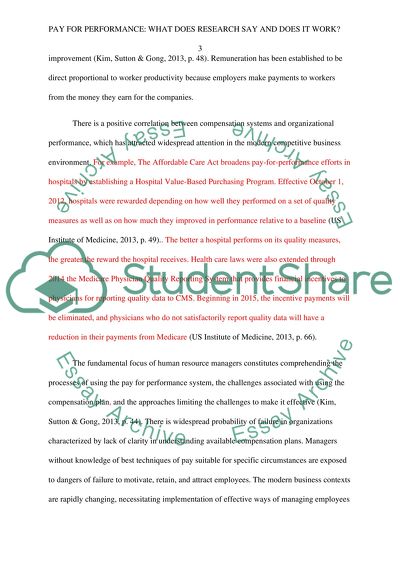Cite this document
(“Pay for Performace: why it is a good Idea Research Paper”, n.d.)
Retrieved from https://studentshare.org/human-resources/1651867-pay-for-performace-why-it-is-a-good-idea
Retrieved from https://studentshare.org/human-resources/1651867-pay-for-performace-why-it-is-a-good-idea
(Pay for Performace: Why It Is a Good Idea Research Paper)
https://studentshare.org/human-resources/1651867-pay-for-performace-why-it-is-a-good-idea.
https://studentshare.org/human-resources/1651867-pay-for-performace-why-it-is-a-good-idea.
“Pay for Performace: Why It Is a Good Idea Research Paper”, n.d. https://studentshare.org/human-resources/1651867-pay-for-performace-why-it-is-a-good-idea.


